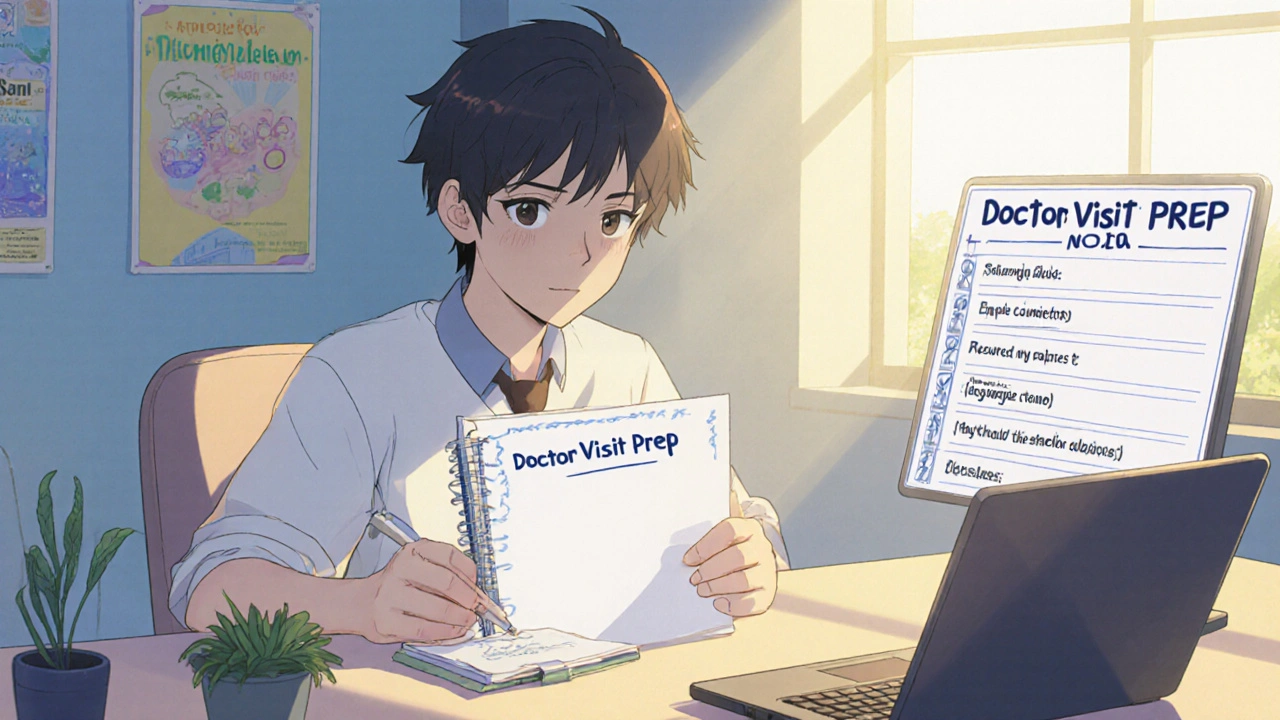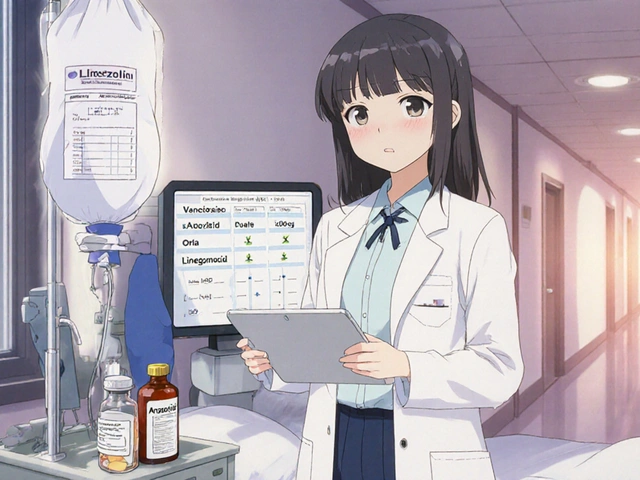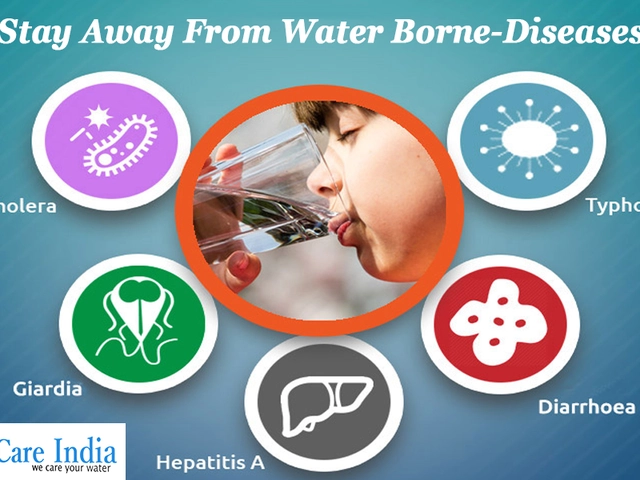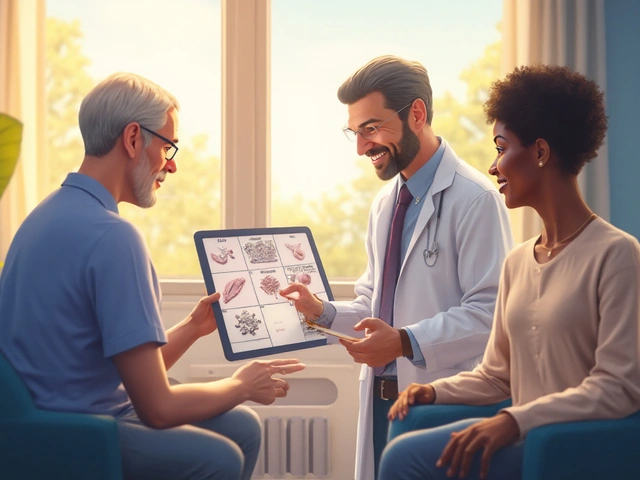Side Effects – What They Are and How to Handle Them
Ever taken a pill and noticed a weird taste, a rash, or a stomach upset? Those are side effects – the body’s reaction to a drug that isn’t the main purpose of the medication. They can be mild, like a headache, or serious, like difficulty breathing. Knowing the basics helps you stay safe and get the most out of your treatment.
Why Do Side Effects Happen?
Every drug interacts with cells, enzymes, and receptors. While doctors aim for the right target, the medicine can also touch other parts of the body. That off‑target action is what creates side effects. Age, genetics, other meds, and health conditions change how strong those reactions are. For example, a young adult might only feel a mild dizziness, while an older person on the same dose could get low blood pressure.
Spotting Common Side Effects
Most drugs have a predictable set of side effects. Here are a few you’ll see often:
- Digestive issues – nausea, diarrhea, or constipation are frequent with antibiotics and pain relievers.
- Headaches or dizziness – common with blood pressure meds and some antidepressants.
- Skin reactions – rash, itching, or redness can appear with many antibiotics or NSAIDs.
- Sleep changes – insomnia or drowsiness often show up with antihistamines and certain anxiety drugs.
If a symptom feels severe, shows up suddenly, or lasts longer than a few days, it’s time to call a health professional.
Reading the label is a shortcut to spotting these risks. Look for the "Side Effects" section, which lists both common (1‑10% of users) and rare (less than 1%) reactions. If the list seems long, ask your pharmacist which are most likely for you.
Managing side effects often starts with simple tweaks. Taking a medication with food can reduce stomach upset. Drinking plenty of water helps some drugs clear faster. Adjusting the time of day you take a pill – morning vs. night – can ease sleep‑related issues.
Never stop a prescription without checking your doctor. Going cold turkey on blood thinners or antidepressants can cause rebound effects that are worse than the original side effect.
When you talk to your doctor, be specific: note when the symptom started, how long it lasts, and anything that makes it better or worse. This detail helps them decide if a dose change, a different drug, or an added treatment is needed.
Some people keep a side‑effect diary. A quick note in your phone each day – "took Drug X, felt mild stomach cramp at night" – builds a pattern doctors can see. It also gives you peace of mind, knowing you’re monitoring your health actively.
In rare cases, side effects signal a serious problem like an allergic reaction. Look for swelling of the face, lips, or throat, trouble breathing, or a widespread rash. Those need emergency care right away.
Bottom line: side effects are normal, but they don’t have to scare you. Knowing what to expect, reading labels, and staying in touch with your healthcare team keeps you in control. If you ever feel unsure, reach out – a quick call can prevent a small issue from becoming a big one.

How to Talk to Your Doctor About Atomoxetine
- By : Archer Hamilton
- Date : Oct 25 2025
Learn how to confidently discuss atomoxetine with your doctor, from key facts and dosage to essential questions and a handy checklist for a successful appointment.

Slim Trim Active Review: Benefits, Ingredients & How to Use
- By : Archer Hamilton
- Date : Sep 21 2025
Discover what Slim Trim Active really is, its key ingredients, potential benefits, side effects, and the best way to use it for weight‑loss goals.





